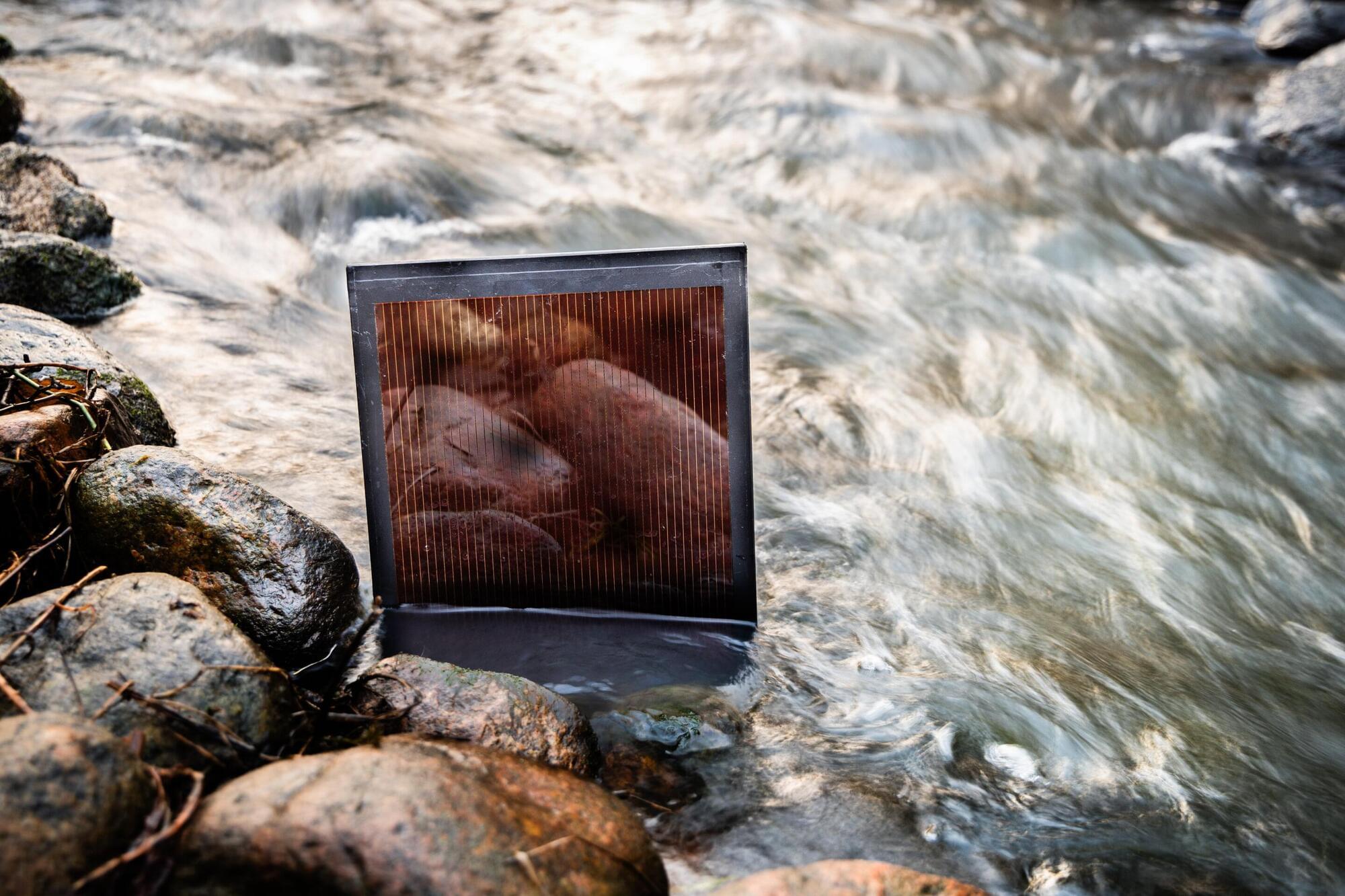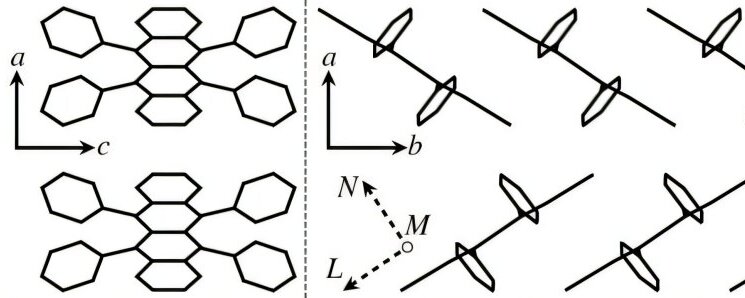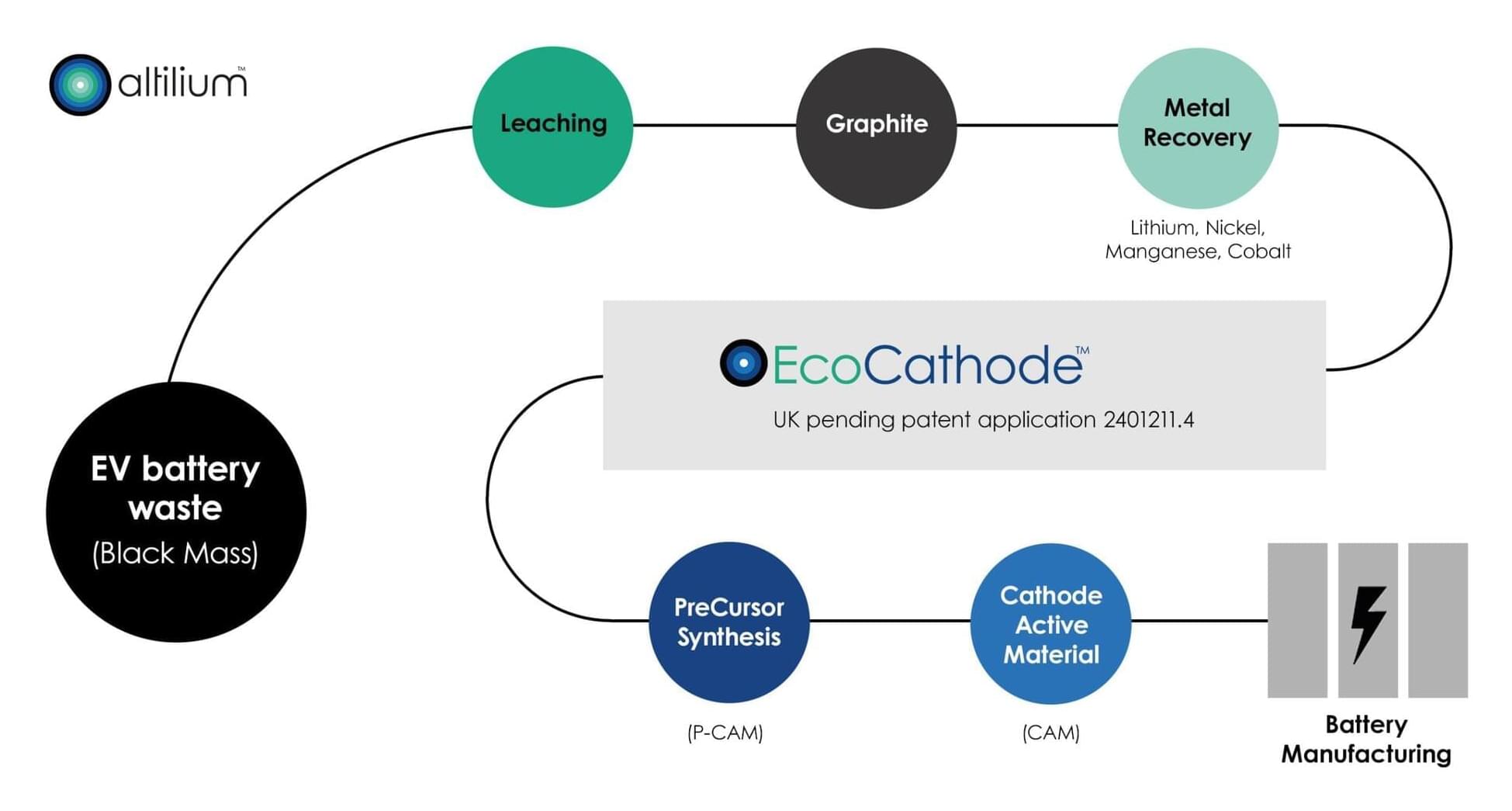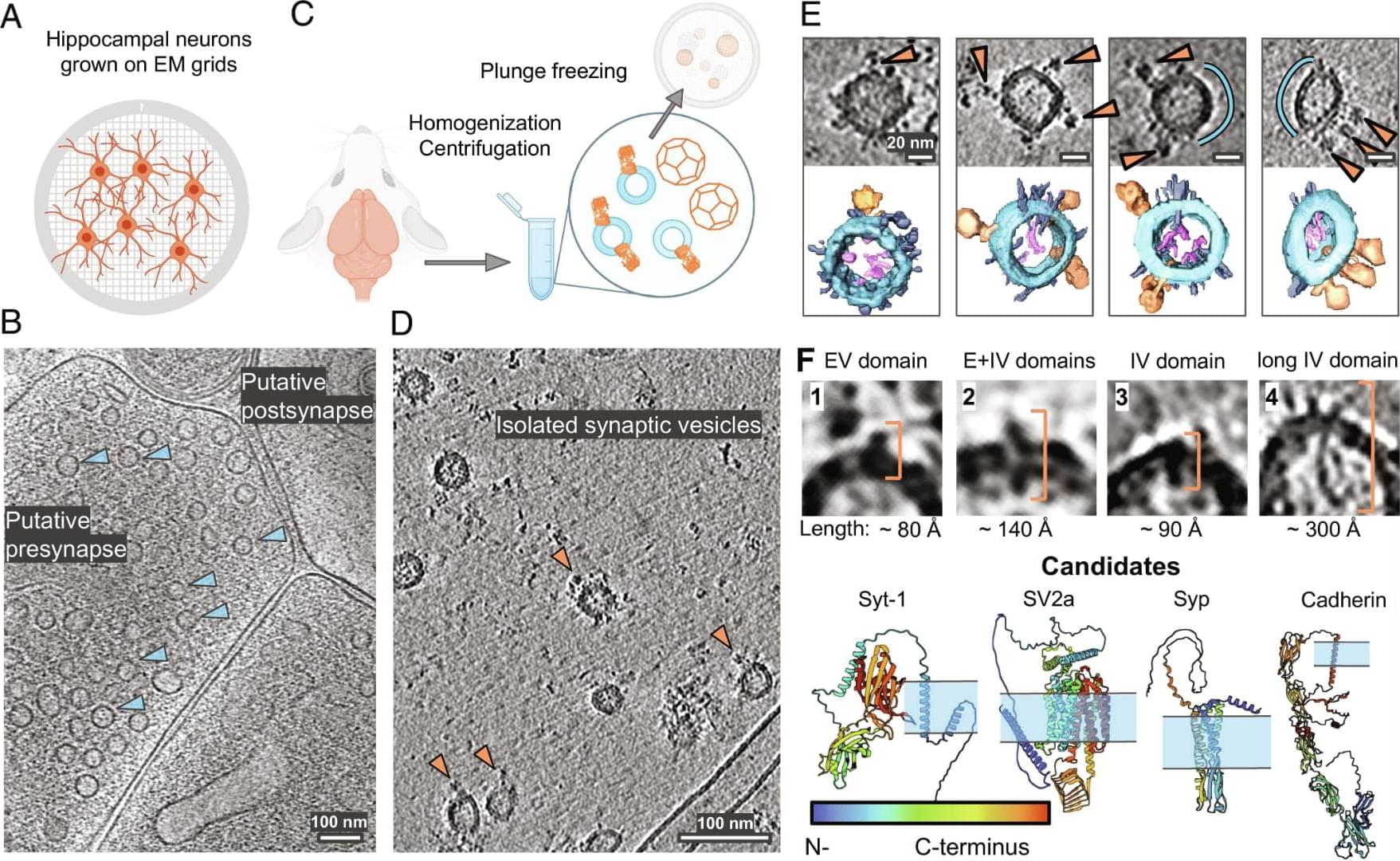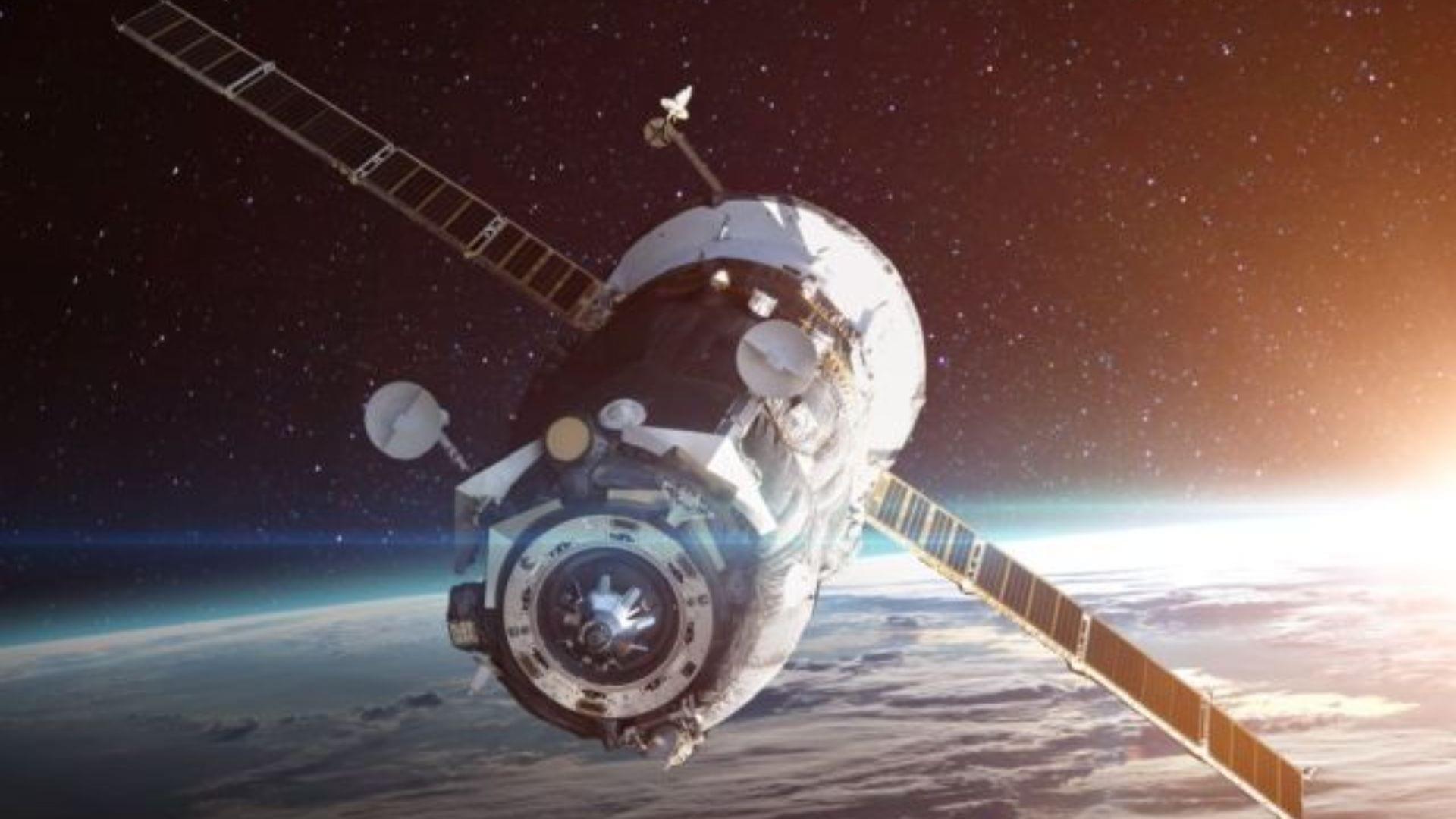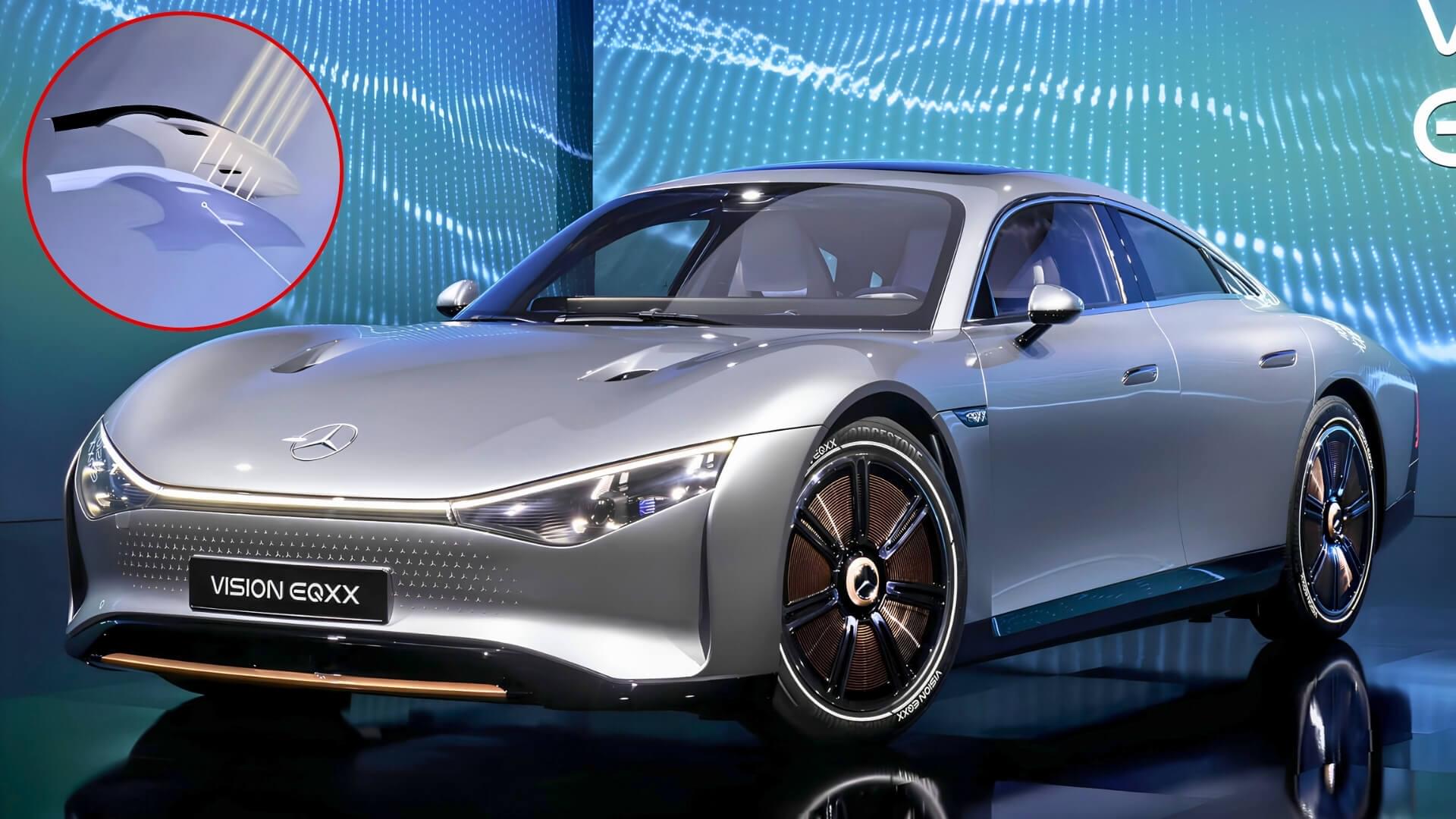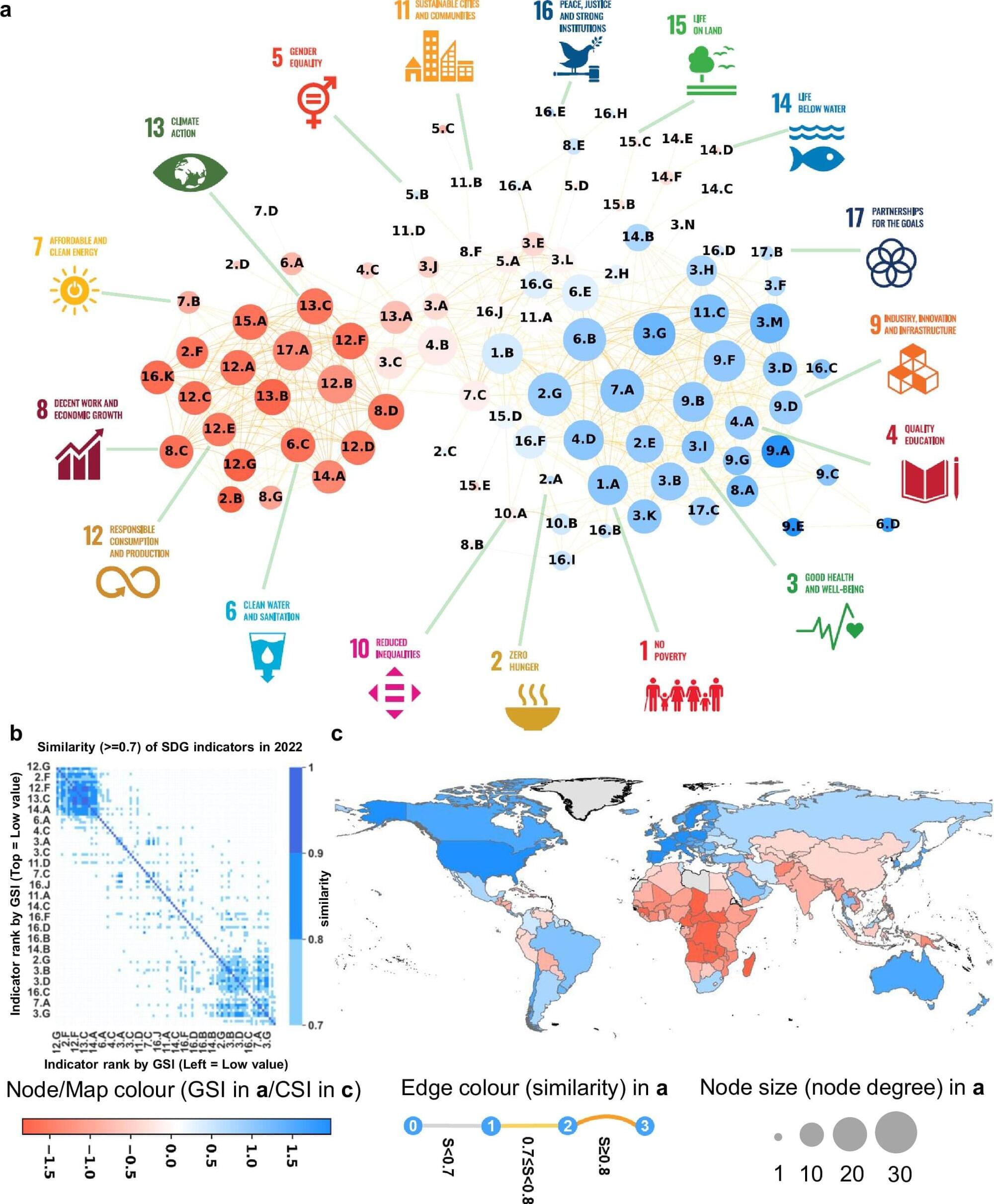Researchers have been working for decades to understand the architecture of the subatomic world. One of the knottier questions has been where the proton gets its intrinsic angular momentum, otherwise referred to as its spin.
Nuclear physicists surmise that the proton’s spin most likely comes from its constituents: quarks bound together by gluons carrying the strong force. But the details of the quark and gluon contributions have remained elusive.
Now, a new investigation from an international collaboration of physicists compiles evidence from observational results and analysis using lattice quantum chromodynamics (QCD) to present a compelling argument regarding how much of the proton’s spin comes from its gluons.
